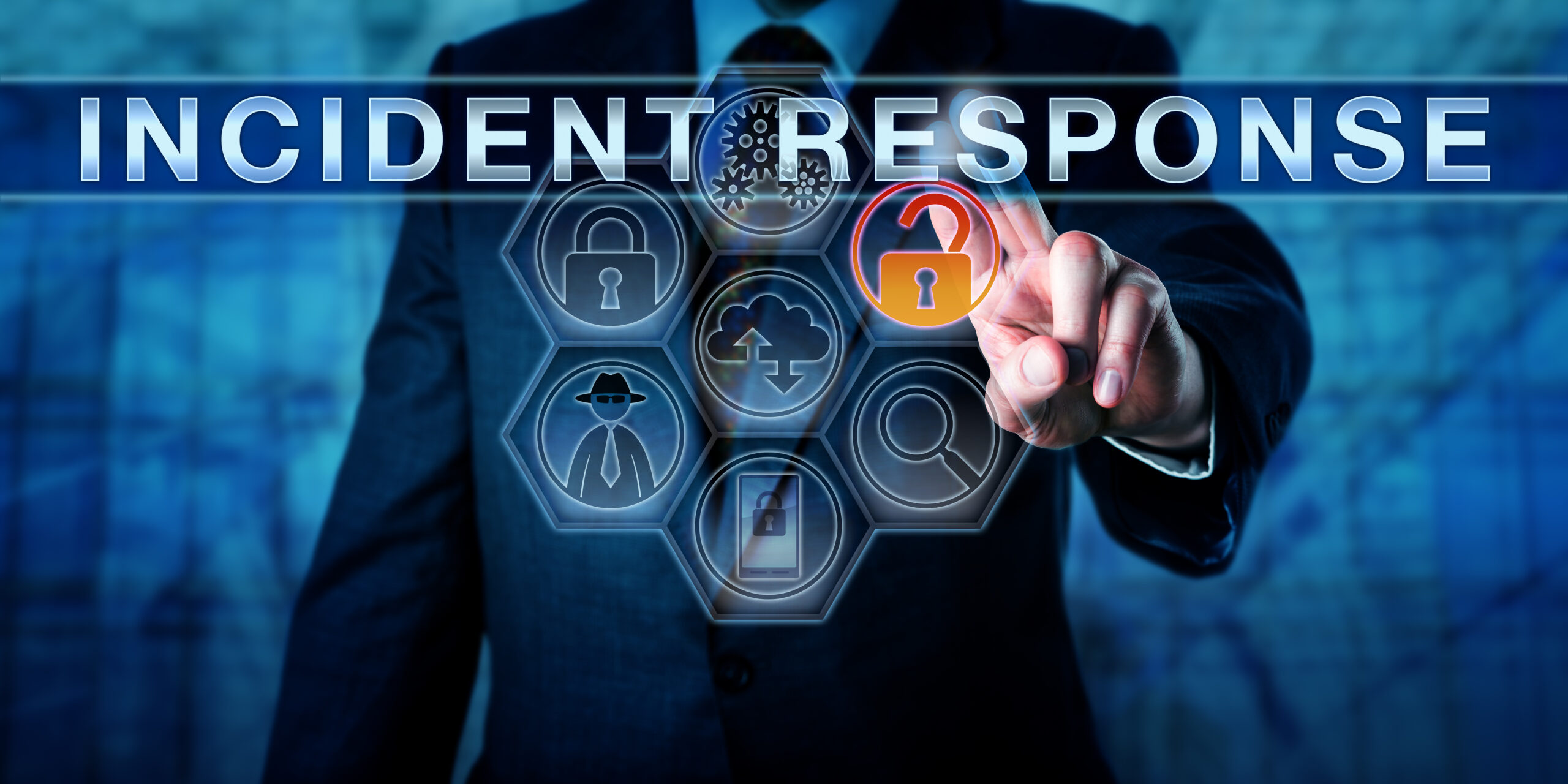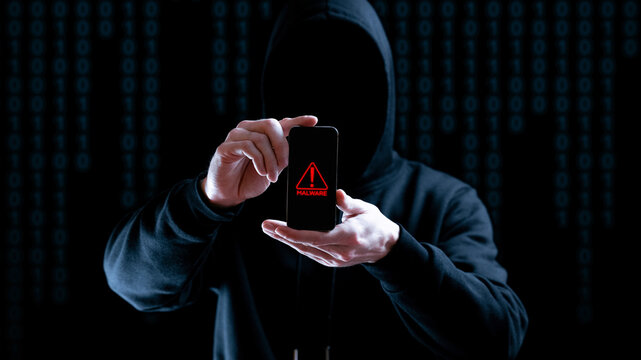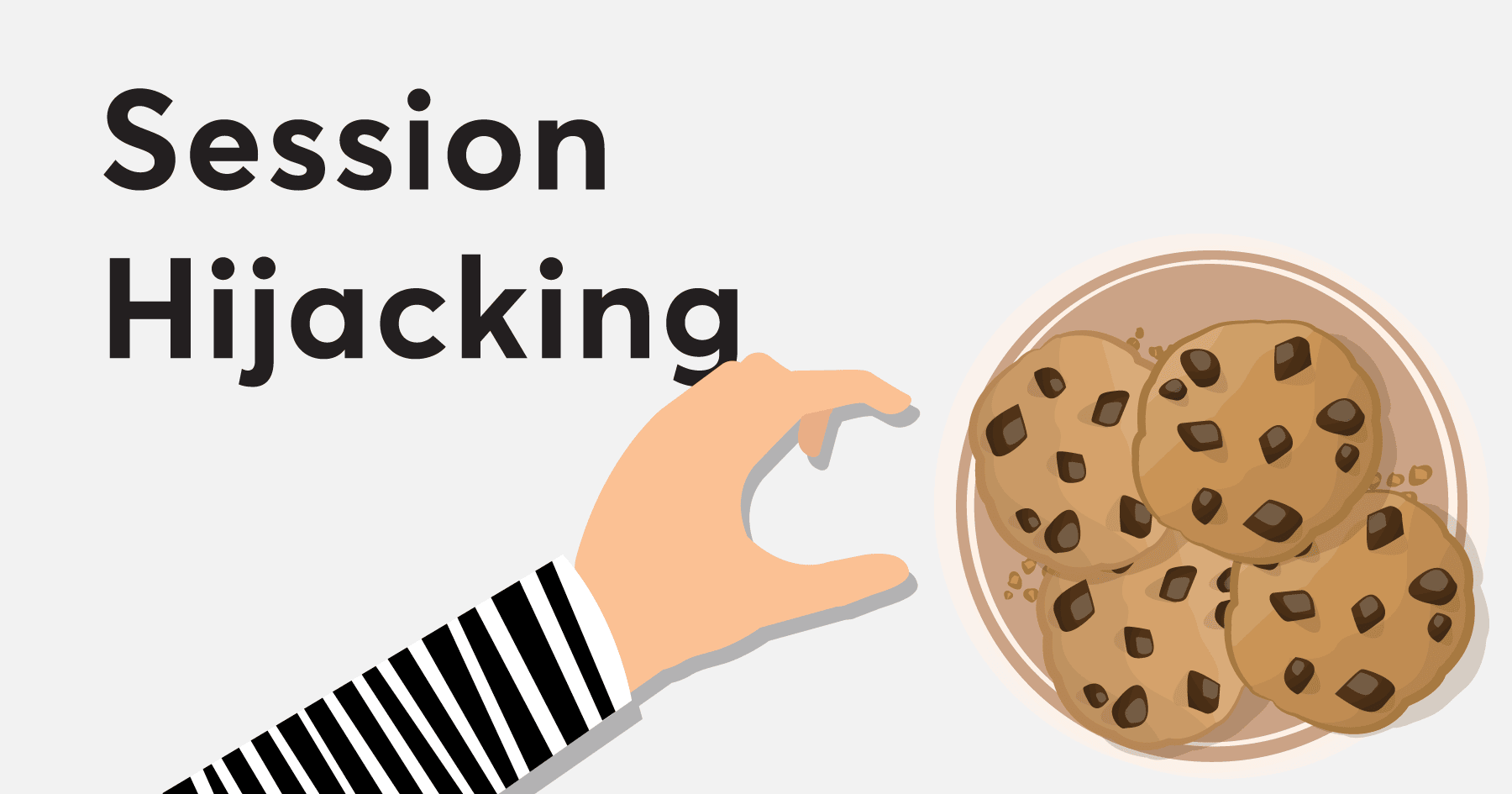
The dark web has long captured the public imagination—a mysterious, hidden part of the internet that is often associated with illegal activities, extreme secrecy, and sophisticated technology. In this article, we will explore the dark web in depth. We’ll discuss its definition, how it works, the different types of networks within it, its legitimate and illicit uses, and provide answers to frequently asked questions (FAQ) to help you understand this complex online ecosystem.

1. What Is the Dark Web?
The dark web is a subset of the internet that exists on darknets—networks that require specialized software, configurations, or authorization to access. Unlike the surface web (which you can search via Google or Bing) or even the deep web (content hidden behind login credentials or paywalls), the dark web is intentionally hidden. It uses encryption and anonymizing protocols to keep both users’ identities and the locations of servers concealed.
- Key Characteristics:
- Anonymity: User identities and locations are hidden through multi-layered encryption.
- Specialized Access: Requires tools such as the Tor Browser, I2P, or Freenet.
- Hidden Domains: Websites on the dark web typically use non-standard domain extensions (e.g., .onion).
For an in-depth definition and technical details, see the Wikipedia article on Darknet.
2. Layers of the Internet: Surface, Deep, and Dark Web
To better understand where the dark web fits in, it helps to visualize the internet in three layers:
- Surface Web:
The small fraction of the internet (about 4–10%) that is indexed by search engines. This includes public websites like news sites, blogs, and online stores. - Deep Web:
The vast majority (roughly 90% or more) of the internet that is not indexed by search engines. This includes online banking, academic databases, private social media profiles, and internal company networks. - Dark Web:
A small portion of the deep web that has been intentionally hidden and can only be accessed using special software. While the dark web is notorious for illegal activities, it also serves critical functions for privacy and free speech.
For more details on the distinctions, refer to Investopedia’s explanation of the dark web and Wikipedia’s entry on Deep Web.
3. How the Dark Web Works
Anonymity and Encryption
The dark web operates using specialized software that employs multi-layered encryption. For example, the Tor Browser routes your internet traffic through a series of volunteer-operated servers called nodes or relays. This “onion routing” (named for its layered structure) makes it extremely difficult to trace a user’s IP address back to their physical location.
Accessing the Dark Web
To access dark web content, users generally need to:
- Download a specialized browser (e.g., Tor Browser, I2P, or Freenet).
- Use a Virtual Private Network (VPN) to add an extra layer of security and hide your real IP address.
- Adjust settings for privacy (disabling scripts and using secure protocols).
Detailed guidance on accessing the dark web safely can be found in Aura’s guide.
4. Types of Darknets
The dark web is not a single network but comprises multiple darknets, each with its own features:
- Tor (The Onion Router):
The most well-known network that allows access to sites with .onion domains. It offers robust anonymity and is widely used by both legitimate users and criminals. - I2P (Invisible Internet Project):
A network that focuses on internal anonymous communication (known as “Eepsites”) and is used by those who need secure, private messaging. - Freenet:
A peer-to-peer platform designed to share files anonymously. It has both “opennet” and “friend-to-friend” modes to enhance security. - Others:
Additional platforms such as RetroShare, GNUnet, and Zeronet offer similar functionalities, emphasizing decentralized communications and file sharing.
For an academic overview of darknets, see the Wikipedia page on Darknet.
5. Uses of the Dark Web
The dark web has a dual nature—while it is infamous for its criminal marketplaces, it also serves legitimate purposes:
Illicit Uses
- Marketplaces for Illegal Goods:
Sites like Silk Road (now defunct) and other emerging markets facilitate the sale of drugs, weapons, counterfeit items, and stolen data.
Example: Recent raids have targeted dark web marketplaces offering cyber-attack services and illicit drugs (The Sun report). - Cybercrime Services:
Fraudsters offer hacking tools, malware, and services like ransomware-as-a-service (RaaS). They trade stolen credentials and exploit vulnerabilities. - Fraud and Scams:
The dark web is notorious for phishing scams, identity theft, and fraudulent financial transactions.
Legitimate Uses
- Privacy and Free Speech:
Activists, journalists, whistleblowers, and political dissidents use the dark web to communicate securely and bypass censorship.
Example: SecureDrop, used by news organizations, allows anonymous tips from sources (Proofpoint article). - Research and Cybersecurity Intelligence:
Cybersecurity professionals monitor dark web forums and marketplaces to detect emerging threats and gather threat intelligence. - Secure Communication:
Encrypted messaging platforms on the dark web enable confidential discussions among users who require anonymity for safety.
6. Risks and Security Concerns
While the dark web offers anonymity, it is not without its dangers. Key risks include:
- Malware and Viruses:
Downloading files or clicking on unknown links can expose you to malware, ransomware, and other cyber threats. - Phishing and Scams:
Many sites mimic legitimate services to trick users into revealing sensitive information. - Legal Risks:
Engaging in illegal activities, even inadvertently, can have serious legal consequences. - Exposure to Disturbing Content:
Users may encounter graphic or harmful material that can have psychological impacts.
For more on the risks, see discussions on Kaspersky’s analysis and EC-Council University’s blog.
7. How to Stay Safe on the Dark Web
If you choose to explore the dark web, safety is paramount. Here are some best practices:
- Use a Secure, Up-to-Date VPN:
Protect your IP address and encrypt your internet traffic. - Download and Use the Tor Browser:
Always access the dark web via trusted sources only. - Disable Scripts and Avoid Downloads:
Minimize risk by disabling potentially harmful scripts and avoiding unknown file downloads. - Keep Your System Updated:
Regularly update your operating system and antivirus software. - Avoid Personal Information:
Never disclose your real name, address, or any identifying details. - Be Skeptical of Offers:
Many dark web transactions are scams; always research sellers and services. - Separate Your Online Activities:
Use dedicated devices or operating systems (like Tails or Qubes OS) for accessing the dark web.
For additional guidance, check out Protec Support’s FAQ on dark web security.
8. Frequently Asked Questions (FAQ)
Q1. What exactly is the dark web?
A1: The dark web is a part of the internet that is not indexed by traditional search engines and requires specialized software, like the Tor Browser, to access. It is designed for anonymity and hosts both illegal and legitimate content.
Q2. How is the dark web different from the deep web?
A2: The deep web encompasses all content not indexed by search engines (like email accounts and private databases), whereas the dark web is a small, intentionally hidden portion of the deep web that can only be accessed with specialized tools.
Q3. What types of networks exist on the dark web?
A3: Key networks include Tor, I2P, and Freenet. Each uses different technologies to provide anonymity and secure communications.
Q4. Is it illegal to access the dark web?
A4: No, simply accessing the dark web is not illegal. However, engaging in illegal activities (such as buying illicit drugs, weapons, or stolen data) is against the law.
Q5. What are the major risks of visiting the dark web?
A5: Risks include exposure to malware, phishing scams, legal consequences if engaging in illegal activities, and potential psychological distress from viewing disturbing content.
Q6. Who uses the dark web for legitimate purposes?
A6: Activists, journalists, whistleblowers, and cybersecurity professionals use the dark web for secure communication, bypassing censorship, and gathering threat intelligence.
Q7. How can I protect myself when accessing the dark web?
A7: Use a trusted VPN and Tor Browser, keep your system updated, disable unnecessary scripts, avoid downloads, and never share personal information.
Q8. Can my personal data be found on the dark web?
A8: Yes, stolen personal data can appear on dark web marketplaces. It is important to monitor your financial and online accounts and use identity theft protection services if needed.
Q9. What are dark web marketplaces?
A9: These are websites where users can buy and sell illicit goods and services such as drugs, weapons, stolen credentials, and hacking tools. They are notorious for scams and fraudulent activities.
Q10. How do law enforcement agencies track dark web activity?
A10: While the dark web provides strong anonymity, law enforcement uses a range of techniques such as digital forensics, undercover operations, and international cooperation to identify and apprehend criminals.
9. Conclusion
The dark web remains one of the most enigmatic and controversial parts of the internet. It is a double-edged sword that offers robust privacy and secure communications for those in need, while also providing a haven for illegal activities. Whether you are a curious individual, a researcher, or a cybersecurity professional, understanding the dark web is crucial in today’s digital landscape. Remember, if you decide to explore this hidden world, always prioritize your security and privacy.
For further reading and detailed studies on dark web dynamics, you can explore articles on Investopedia and Proofpoint.






